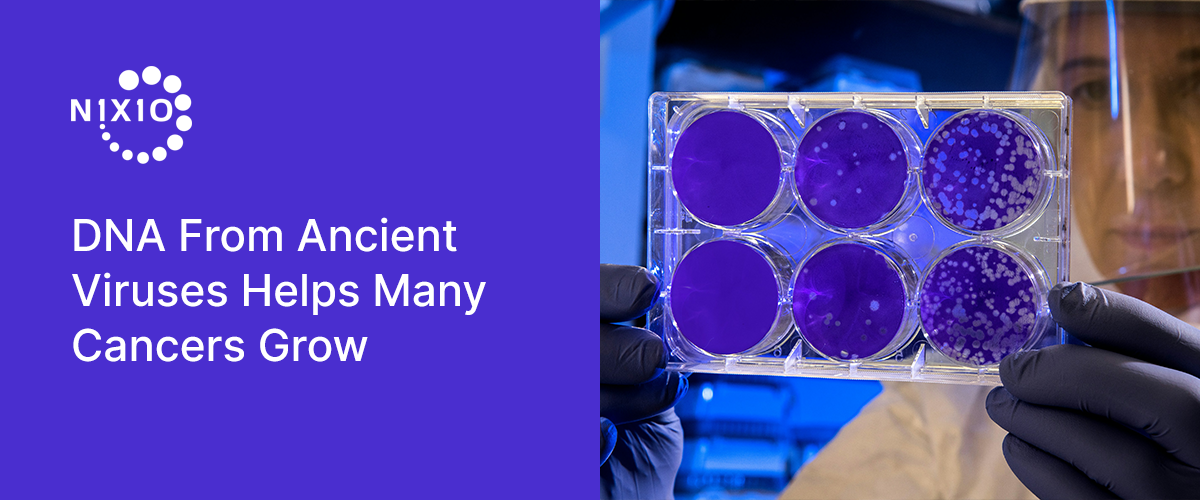Throughout human evolution, retroviruses have entered human cells, slipped their DNA into ours, and hijacked our cells’ machinery to make copies of themselves. In the rare instances when a retrovirus has infected sperm, eggs, or embryos, the interloping DNA can be passed down to future generations.
In fact, we still have footprints in our genome from viruses that infected our primate ancestors millions of years ago. It’s estimated that 9% of our genome is from ancient retroviruses. According to Edward Chuong, Ph.D., of the University of Colorado Boulder’s BioFrontiers Institute, over millennia, most of that ancient DNA lost the ability to pump out more viruses. And the DNA typically has epigenetic marks that keep it folded up and closed off from the rest of the genome, Dr. Chuong explained. So, for a long time, it was thought that ancient virus DNA was leftover junk that served no purpose.
One of the first clues to know that a DNA fragment is an enhancer is looking at whether the DNA is folded up and closed off or unfolded and open for business, Dr. Chuong said. Most of the genome is folded tightly into a structure called chromatin, but certain areas—including active enhancers—are unfolded and opened so they can interact with other genes and proteins, he explained.
In a new study, funded in part by the National Institutes of Health, researchers found that fragments of DNA from an ancient virus act like “on switches” or enhancers for genes that help tumors grow and survive. Their analysis singled out one virus-derived DNA fragment in particular, known as LTR10, that appeared to be particularly active in a variety of cancers. That list includes common cancers like colorectal and lung, as well as less common cancers like bile duct and stomach.
So, what keeps LTR10 closed off in healthy tissues but open in cancers? Experiments in colorectal cancer cells suggested that two cancer-related proteins, AP1 and MAPK, unmask LTR10 sequences. Treating cells with drugs that block MAPK prevented LTR10 sequences from acting as enhancers, the researchers found. The drugs—Cobimetinib (Cotellic) and Trametinib (Mekinist)—are used to treat certain types of cancer with mutations in MAPK genes.
The researchers then looked into LTR10’s role in colorectal cancer. Among a group of 36 people with colorectal cancer, they found that LTR10 sequences were unfolded in one-third of the patients. To confirm that LTR10 was truly an enhancer in tumors, the team studied colorectal cancer cells grown in the lab. Among the several thousand LTR10 sequences scattered throughout the human genome, about 70 of them acted as enhancers in colorectal cancer cells, the team found. And each enhancer turned on multiple cancer-related genes.
The research findings open the door to the idea that future cancer treatments could be designed to “directly target LTR10 enhancers instead of [single] genes,” Dr. Chuong noted. That way, multiple cancer-related genes could be turned off at the same time, he said. The effect of targeting one or more enhancers “could be significantly greater than targeting any one protein,” said Michael Weinreich, Ph.D., of NCI’s Division of Cancer Biology, who wasn’t involved in the study.


